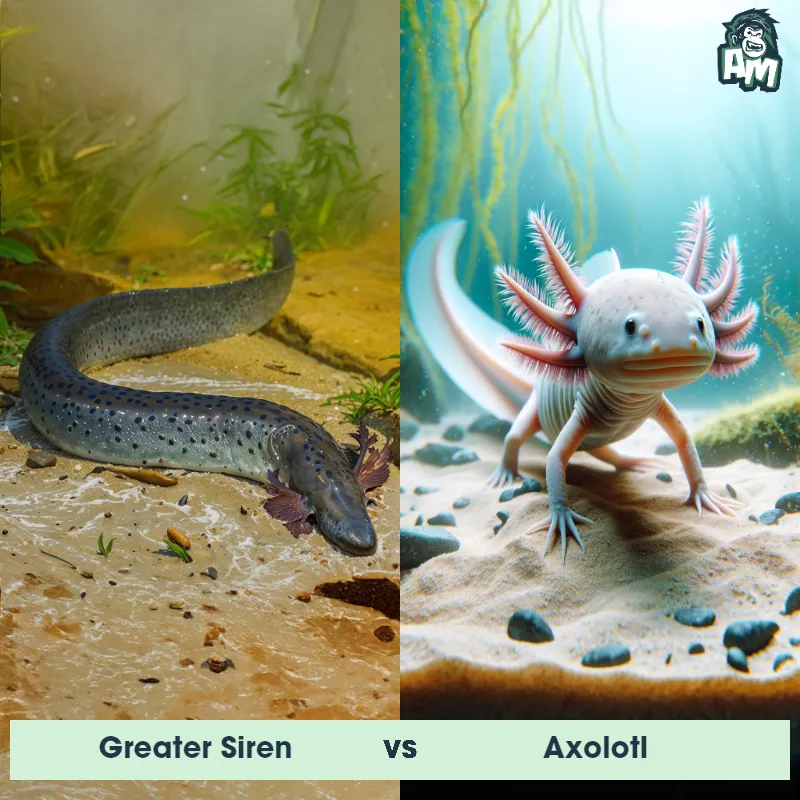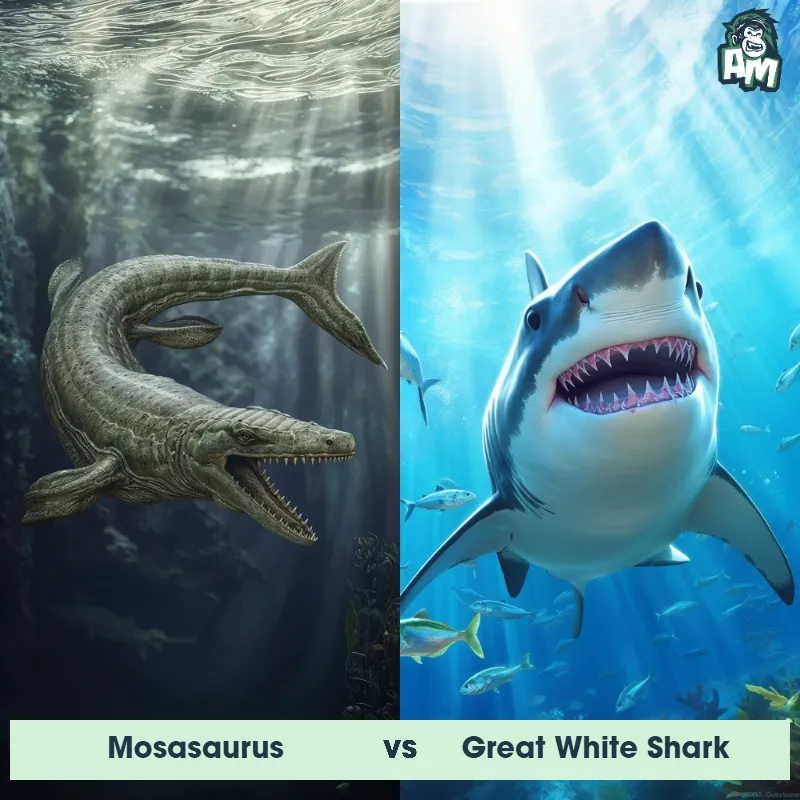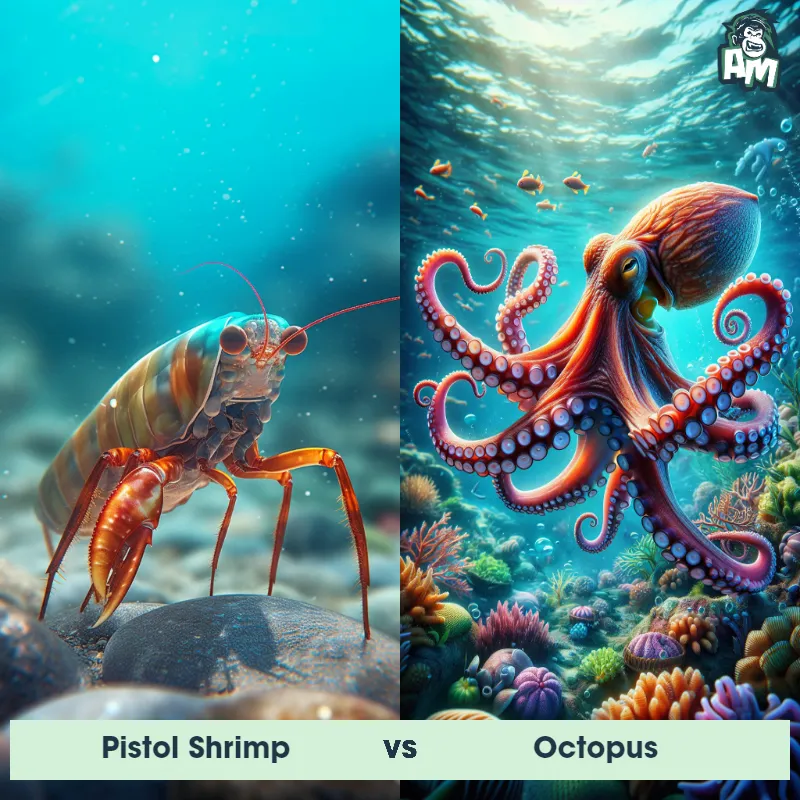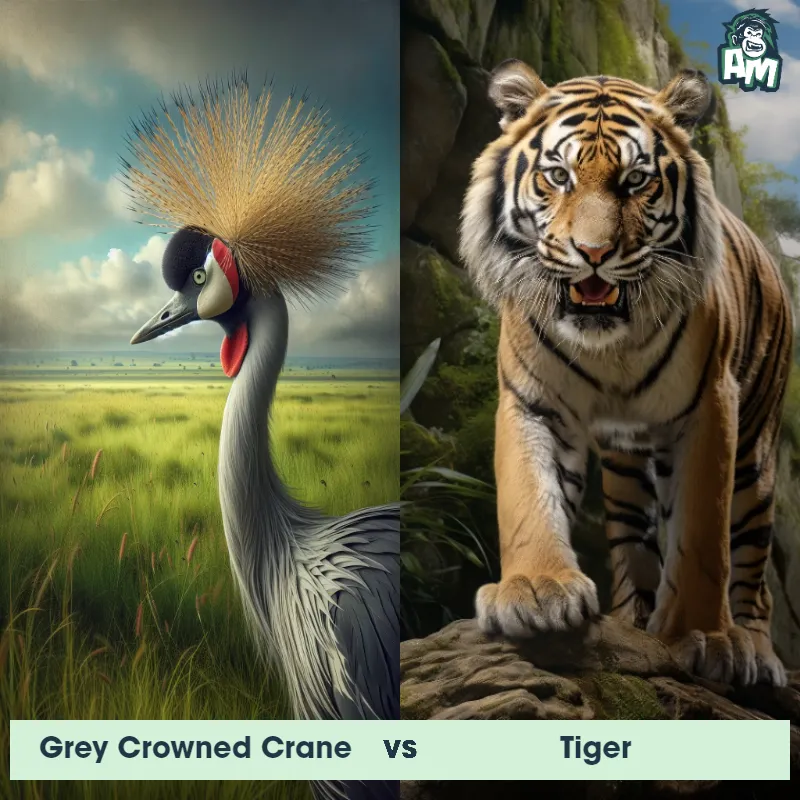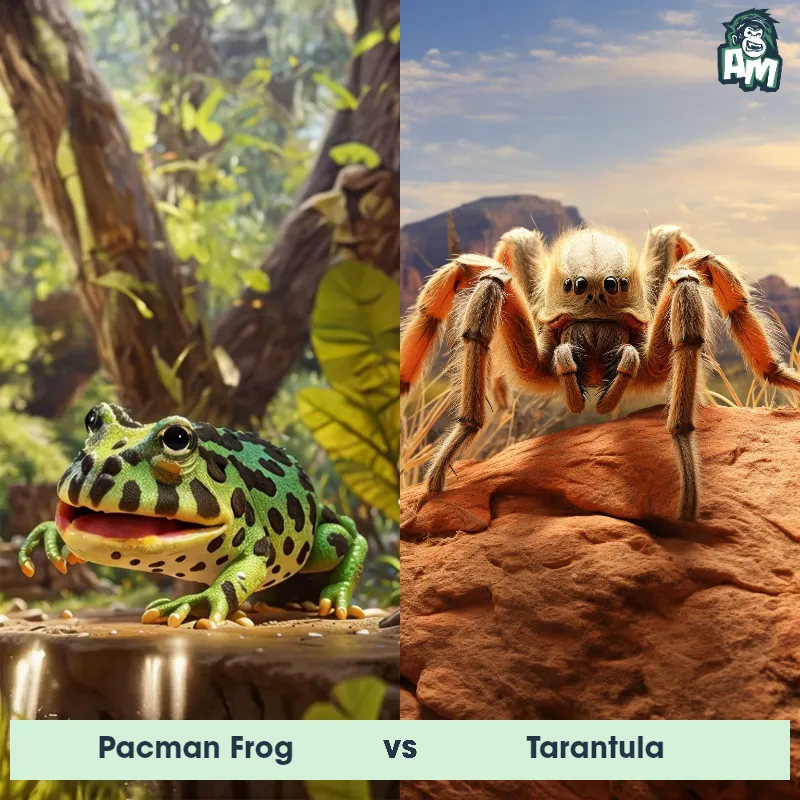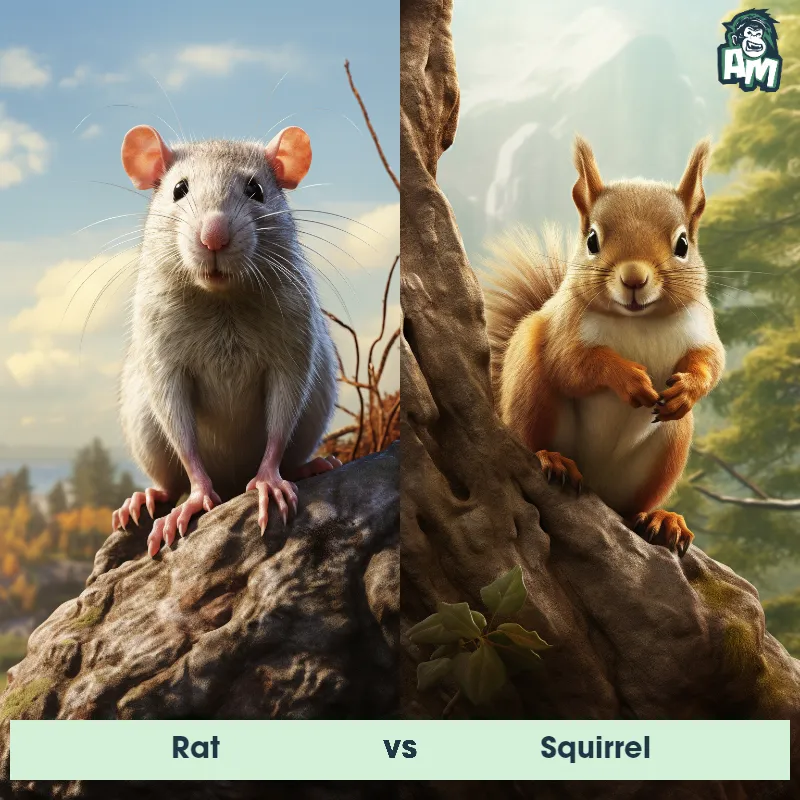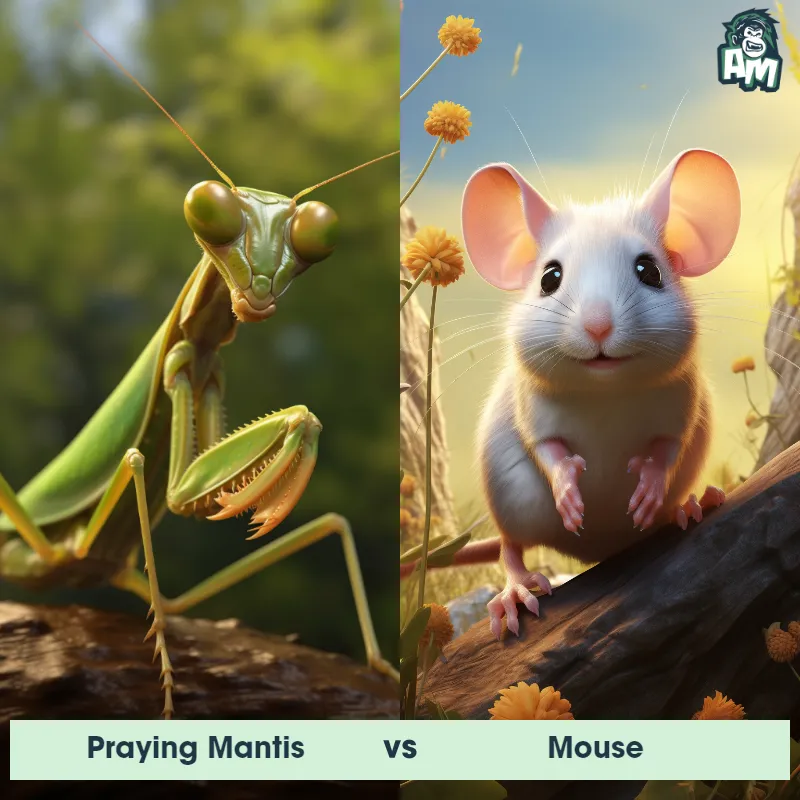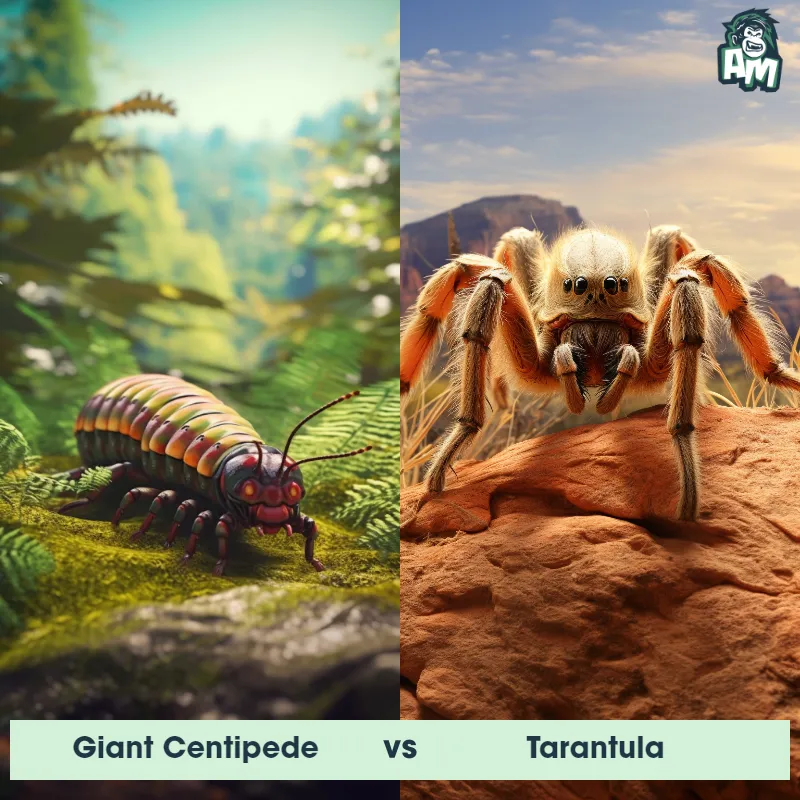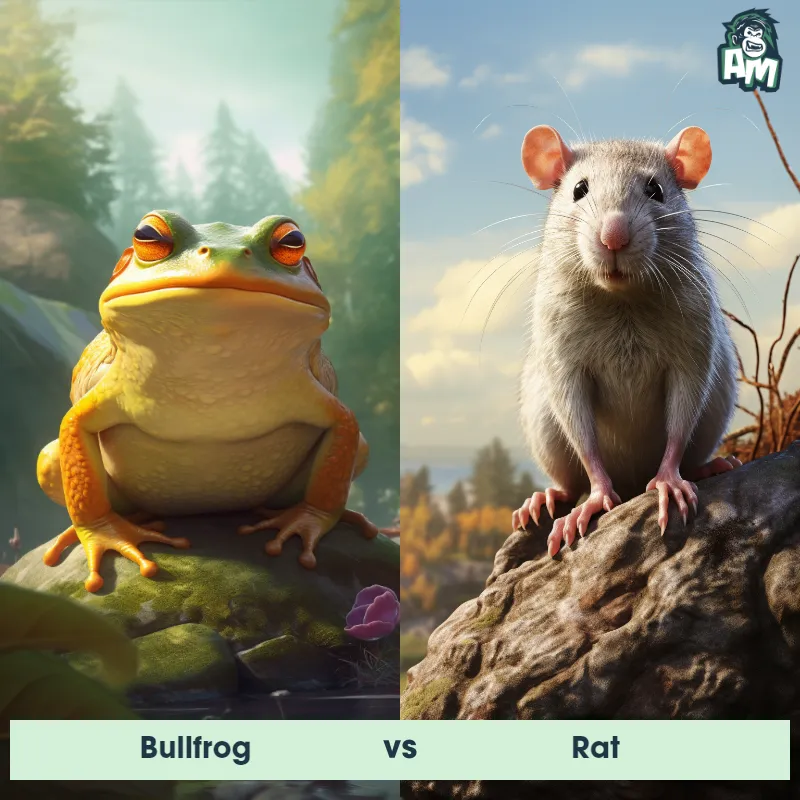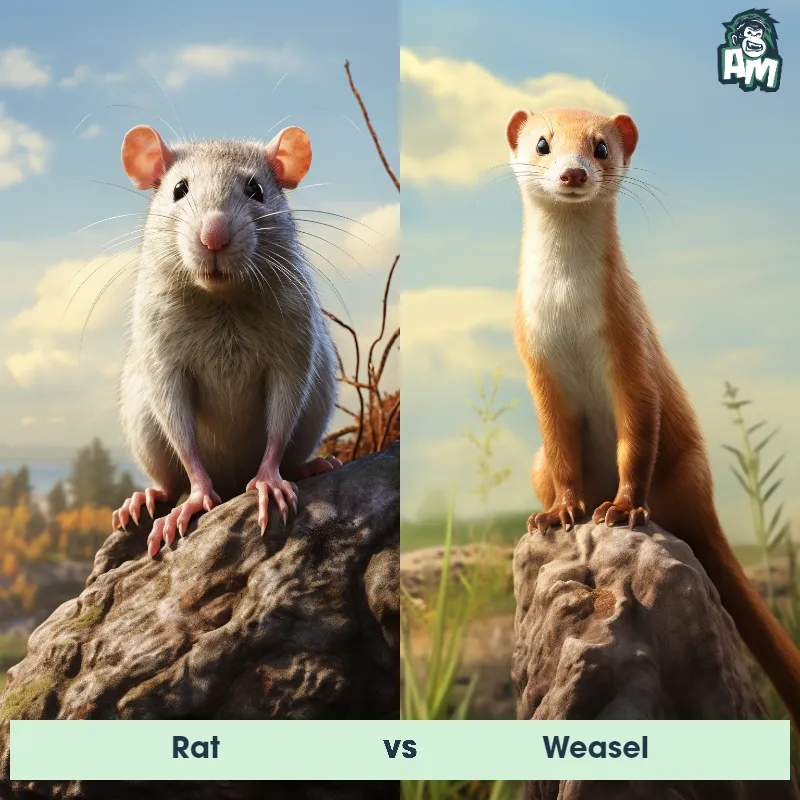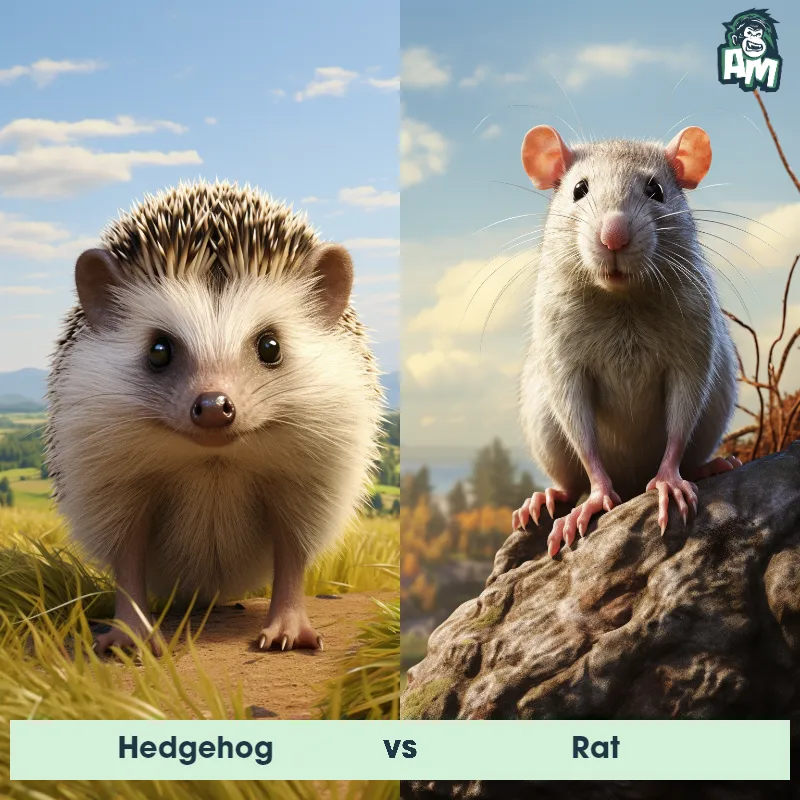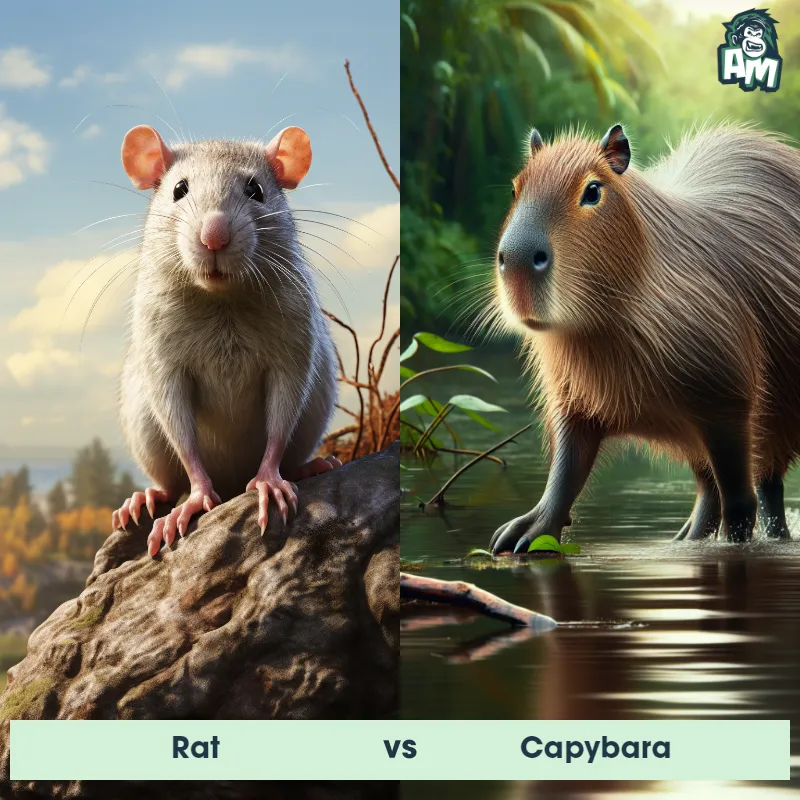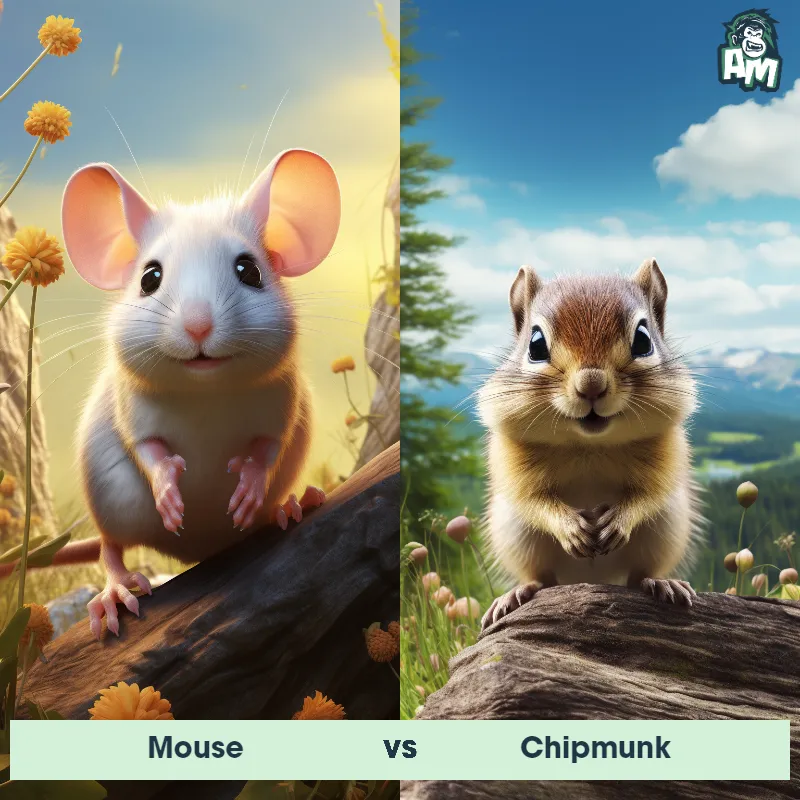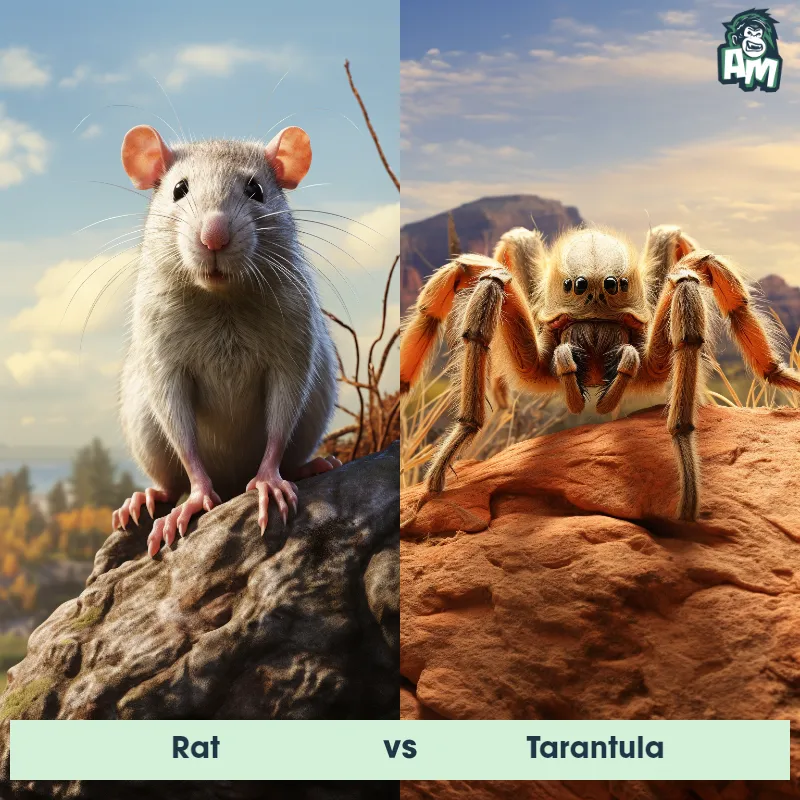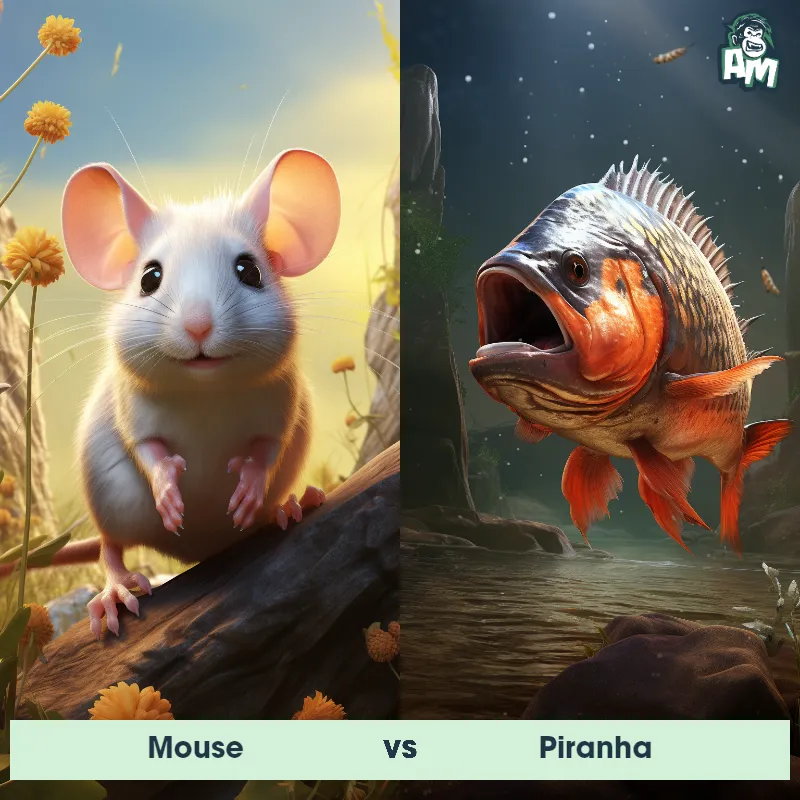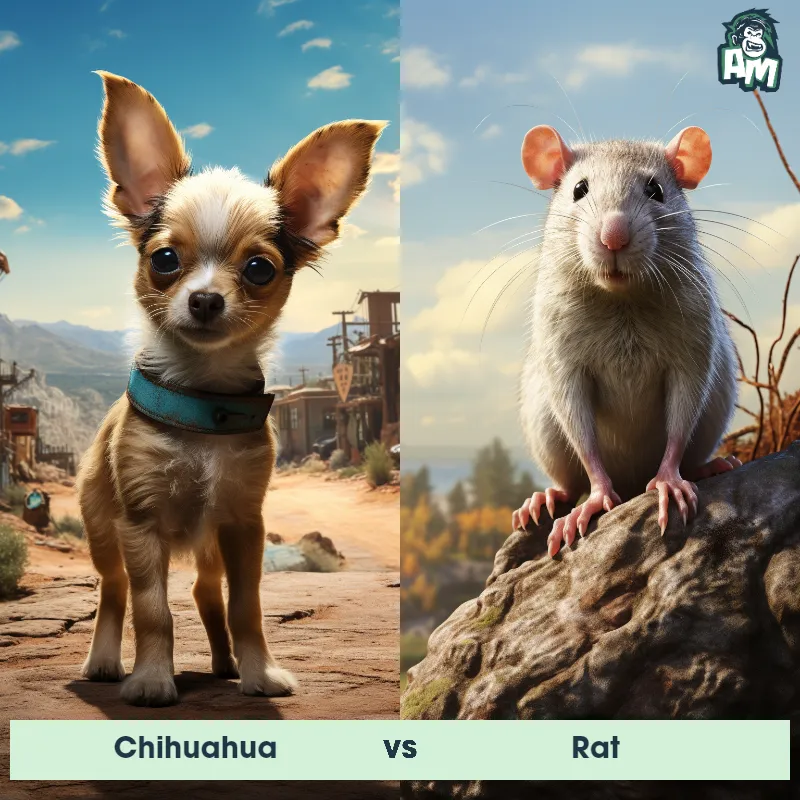Giant Centipede vs RatSee Who Wins

Good evening, ladies and gentlemen, and welcome to this thrilling matchup between two fierce competitors in the animal kingdom. We have a terrifying contest tonight as a Giant Centipede faces off against a fearless Rat. It's sure to be an epic battle, so let's not waste any time and dive right into the action!
Contender 1: Giant Centipede
The Giant Centipede, also known as Scolopendra gigantea, is a venomous arthropod that can grow up to 12 inches in length. It has a long, segmented body with numerous legs and a pair of venomous fangs that it uses to hunt prey. Its body is typically brown or reddish-brown in color, with yellow or orange legs and a black head. The Giant Centipede is found in tropical regions around the world, including South America, Africa, and Asia.
Fun Fact: The Giant Centipede is known for its aggressive behavior and powerful venom, which can cause intense pain, swelling, and even death in some cases.
Contender 2: Rat
The Rat is a medium-sized, long-tailed rodent, renowned for its adaptability to various environments. Common species include the larger brown rat (also known as the Norway rat) and the smaller black rat. Rats typically range from 9 to 11 inches in body length, with a tail length that's about the same. They have robust bodies, pointed snouts, and small, hairless ears. Rats are omnivores, with a diet that can include grains, fruits, vegetables, meat, and eggs, and they have a strong instinct to gnaw, which keeps their constantly growing teeth in check.
Fun Fact: Rats have excellent memories, and once they learn a navigational route, they won't forget it.
Matchup Stats
| Giant Centipede | Rat | |
|---|---|---|
| Size | Up to 12 inches (30 cm) | 9 to 11 inches (22.86 to 27.94 cm) |
| Weight | Up to 3.5 ounces (100 grams) | 0.77 to 1.1 lbs (350 to 500 grams) |
| Speed | Speed: 16 mph (25.75 km/hr) | 7mph (11km/h) |
| Key Strength | Venomous fangs and quick movements | Strong instinct to gnaw |
| Biggest Weakness | Vulnerable to being flipped onto its back | Small size and lack of defensive mechanisms |
Current Votes
Giant Centipede vs Rat
See Who Wins
View More Matches
Looking For More?
Similar Matches
Scientific Stats
| Giant Centipede | Rat | |
|---|---|---|
| Scientific Name | Scolopendra gigantea | Rattus |
| Family | Scolopendridae | Muridae |
| Habitat | Terrestrial | Various environments, including urban areas, forests, and fields |
| Geography | Tropical regions of South America, Africa, and Asia | Worldwide, except for Arctic and Antarctic regions |
| Diet | Insects, spiders, small reptiles, and mammals | Omnivorous (grains, fruits, vegetables, meat, eggs) |
| Lifespan | 3 years - 10 years | 1 year - 4 years |
Key Differences between Giant Centipede and Rat
- Size: The Giant Centipede is significantly larger than a Rat, with an average length ranging from 6 to 12 inches, while a Rat typically measures around 9 to 11 inches in length.
- Legs: The Giant Centipede has numerous pairs of long, slender legs, typically numbering between 30 and 354. Rats, on the other hand, have comparatively fewer and stouter legs, with each limb ending in sharp claws for climbing and digging.
- Habitat: Giant Centipedes are primarily found in tropical and subtropical regions, residing in moist environments such as forests, caves, and under rocks. Rats, on the contrary, are highly adaptable and can be found worldwide, occupying diverse habitats ranging from sewers and urban areas to fields and forests.
- Body structure: The Giant Centipede has a long, segmented body with numerous pairs of jointed legs on each segment, which enables it to move with dexterity. In contrast, a Rat has a compact, cylindrical body with shorter legs and a slender tail.
- Coloration: The Giant Centipede generally exhibits a dark brown or black coloration, sometimes with reddish or yellowish highlights. Conversely, Rats can vary in color, but commonly have brown or gray fur.
- Appendages: While both species possess antennae, the Giant Centipede's antennae are significantly longer and more prominent than those of a Rat. Additionally, the Giant Centipede has large, powerful pincers, called forcipules, at the front of its body, while Rats possess small, rounded ears.





